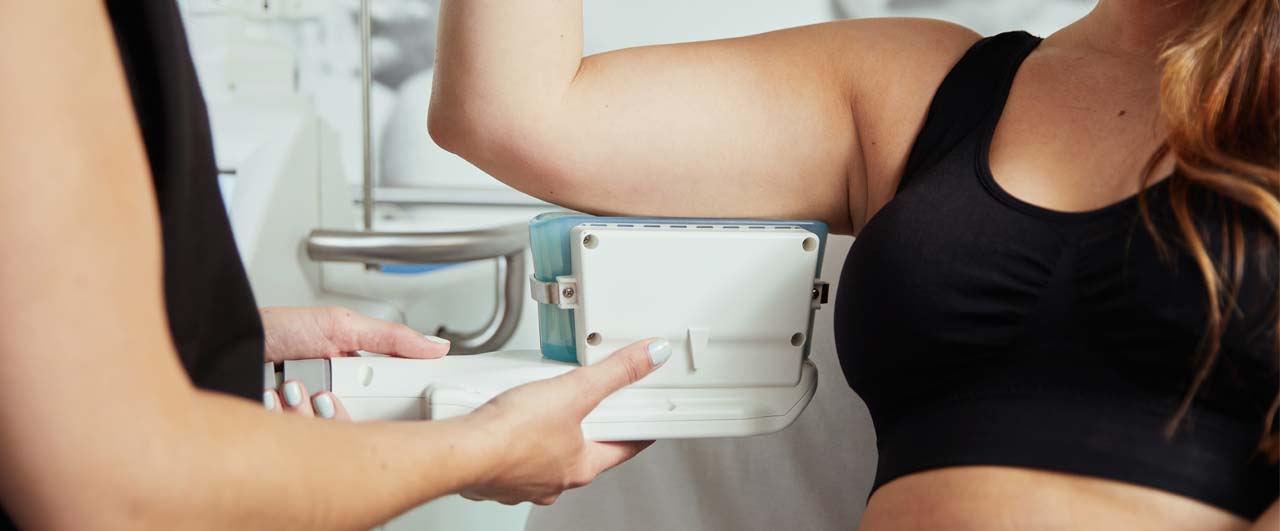Med Spa
MED SPA
VISIT US
OPEN HOURS
Mon - Thurs: 9am-5pm
Fri: 9am-3pm
CALL US
VISIT US
900 East Blvd
Charlotte, NC 28203
OPEN HOURS
Mon, - Thurs: 9am-5pm
Fri: 9am-3pm
Saturday-Sunday: Closed
CALL US
To view pricing for all our treatments please visit the Med Spa Menu
Skincare
LASERS
TREATMENTS
To view pricing for all our treatments please visit the Med Spa Menu
VISIT US
900 East Blvd
Charlotte, NC 28203
OPEN HOURS
Mon, – Thurs: 9am-5pm
Fri: 9am-3pm
Saturday-Sunday: Closed
CALL US
SCHEDULE AN APPOINTMENT




